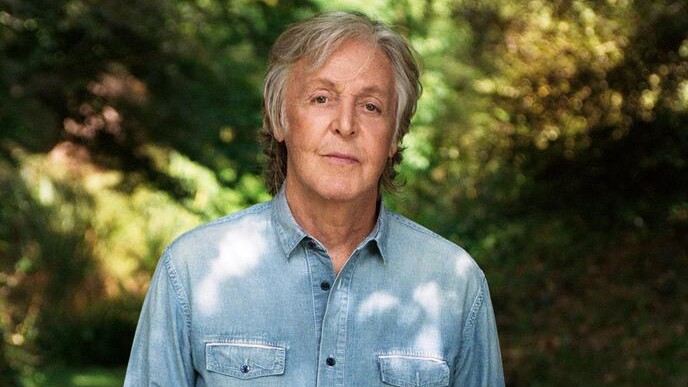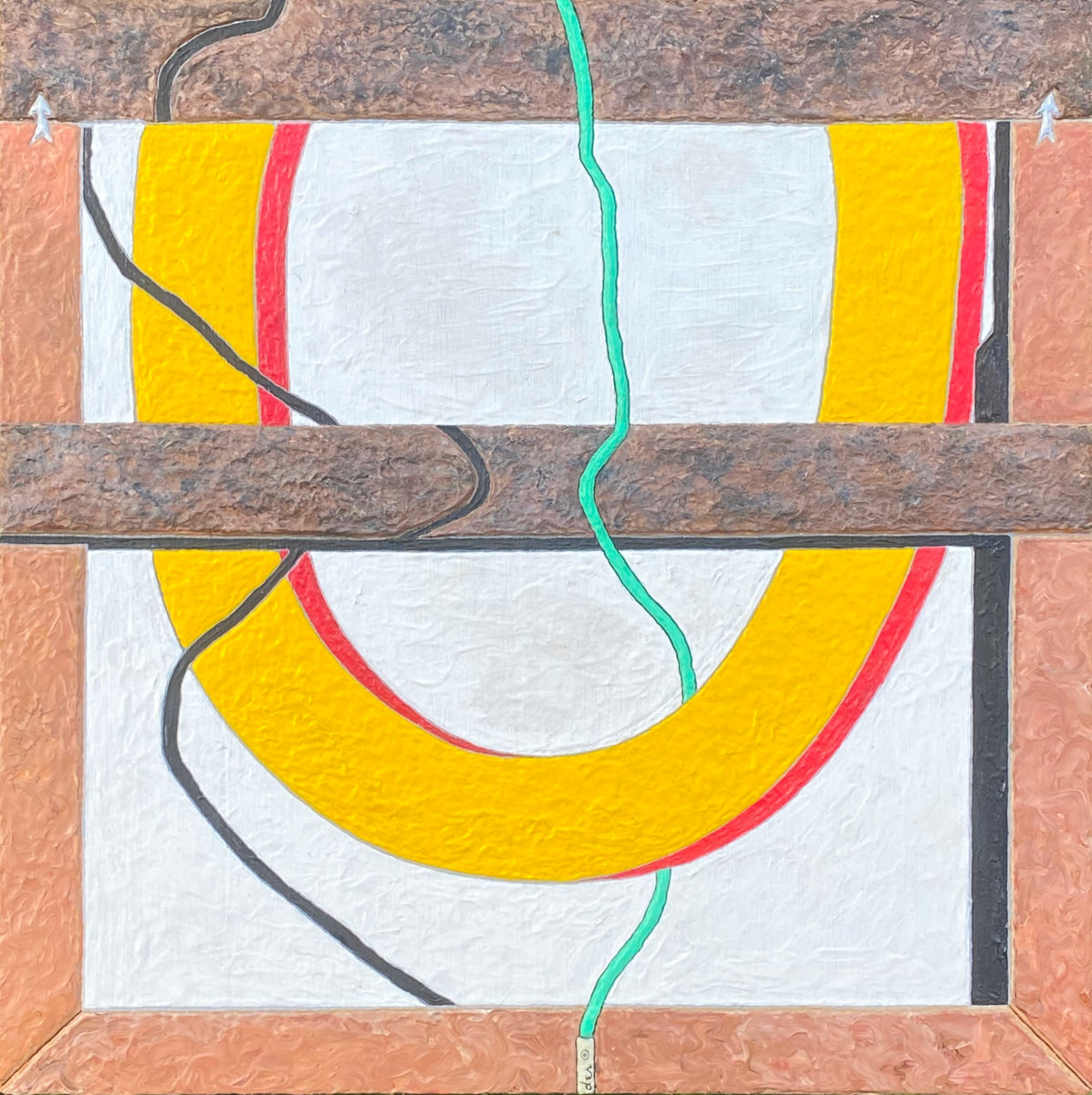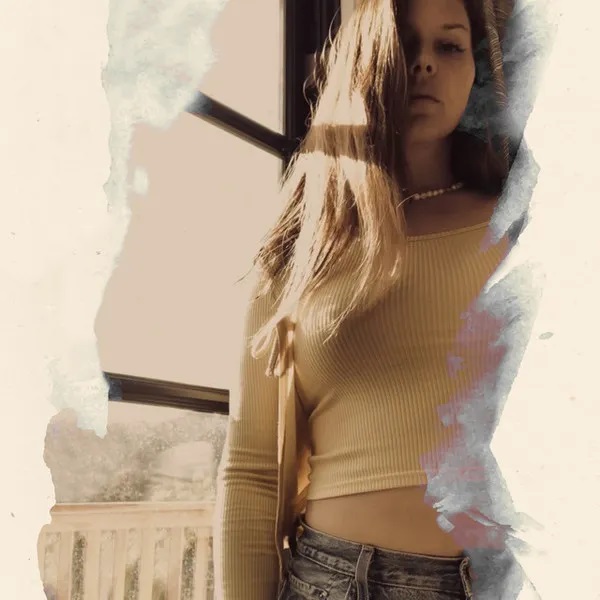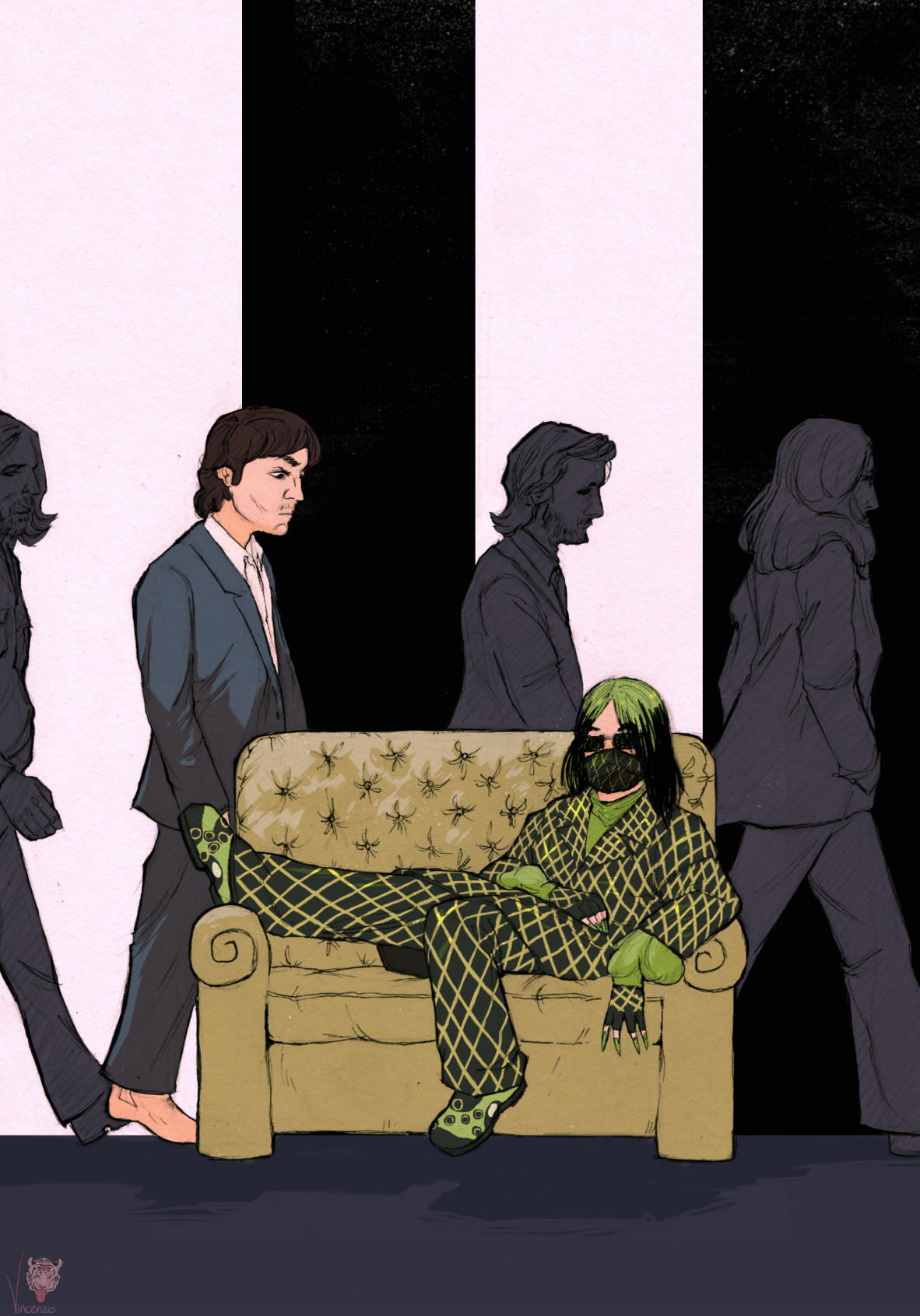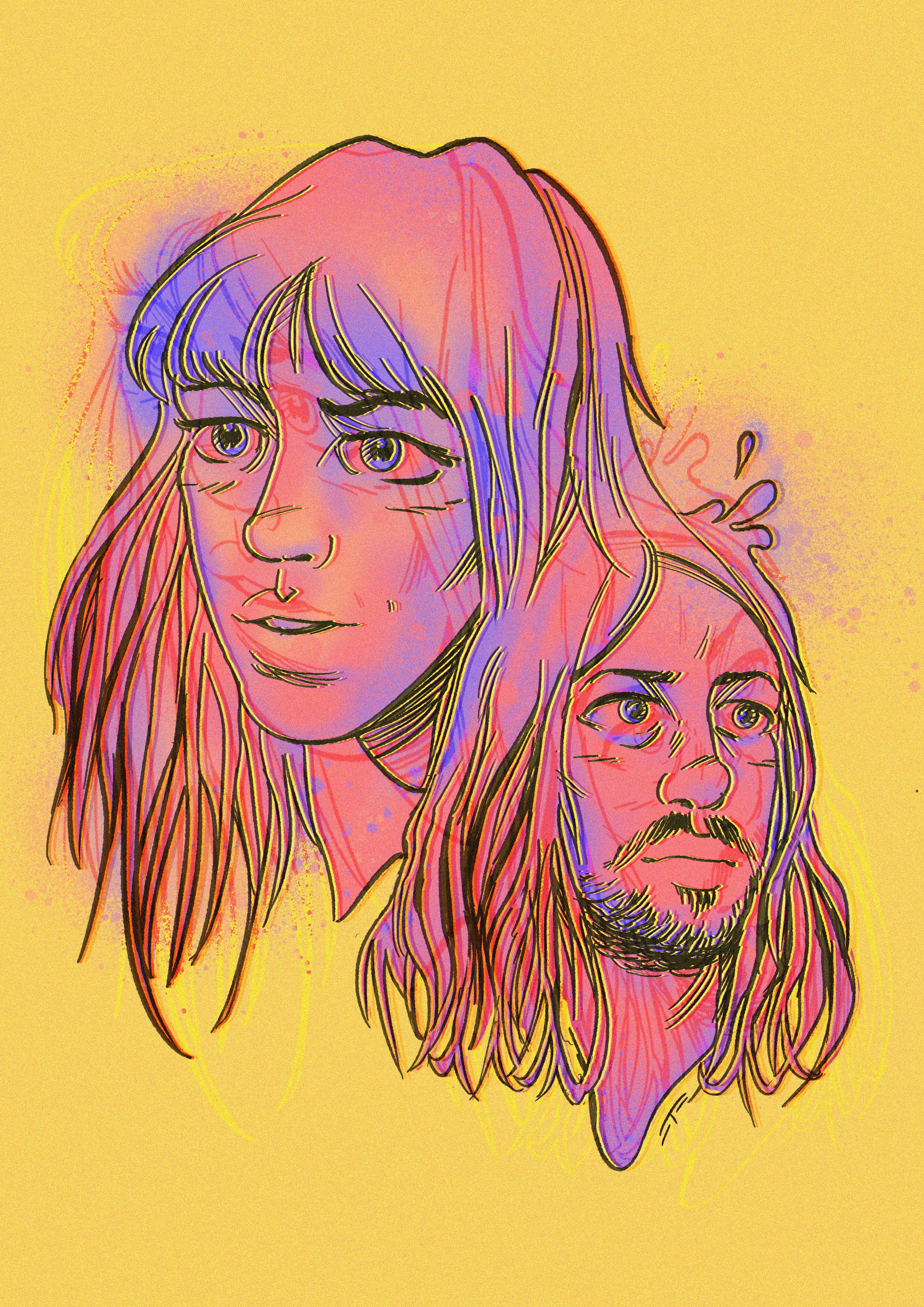Looking Back On Rolling Stone’s 1981 John Lennon Obituary Issue
Words by Riley Fitzgerald (@Riley.NF)
Graphic by Rolling Stone
After ending a 5-year absence from music, an inspired John Lennon reintroduced himself to the world in 1980.
Tragically the former Beatles comeback would not last long.
On December 8th, 1980 Lennon was murdered, shot dead by a deranged gunman.
In the days and hours before his death, Lennon had been conducting interviews and photoshoots for his new album Double Fantasy.
Amongst the publications granted exclusive access was Rolling Stone.
Lennon was less than thrilled.
While he had appeared on the cover of the formerly underground paper and now cultural cornerstone’s first-ever issue, he was still fuming that Rolling Stone editor Jann Wenner’s decision to publish the full transcript of his controversial 1971 interview in book form.
Something which he had made clear he would not permit.
A disgruntled John had zealously criticized Wenner, who he had once trusted as a friend and whose magazine he had enjoyed reading, ever since.
Nonetheless partner Yoko Ono and label boss David Geffen convinced John that having his face on the million-selling magazine would be good for his new record.
“We’ve got a product to sell, just the same as you’ve got Rolling Stone to sell,” Lennon, blunt as ever, told interviewer Jonathan Cott just three days before his death.
If making music was Lennon’s first talent, giving interviews was his second.
His discussion with Cott is one of his finest.
But Lennon’s Rolling Stone association is best remembered for the photo session which followed.
The shoot occurred at Lennon’s New York apartment, The Dakota the day of his death.
Using a pose suggested by veteran Rolling Stone photographer Annie Leibovitz, assigned to shot Lennon for the magazine’s cover, John stripped naked.
The nudity, it was believed, would pay homage to the album cover of John’s controversial Two Virgins album, which Rolling Stone had scandalously posted on its own cover in 1968.
Ono decided to remain clothed.
The contrast of Lennon, fully nude, wrapped childlike around Ono was striking.
(Leibovitz would later contend it captured their relationship perfectly, and readily confess that it was the most important photo of her career.)
Satisfied with the results Ono and Lennon then left for a recording session, with John signing autographs for a handful of fans as he jumped into his car ride to the studio.
Upon returning at 10:50 pm that night a solitary fan remained.
Greeting Lennon, he proceeded to tear the Beatle‘s body apart in a hail of bullets.
Rushed to a New York hospital, John was all but dead upon arrival.
Rolling Stone‘s editor, along with the world at large, was devastated.
Across several weeks spent in fitful bursts of depression, Jann Wenner put together an issue not only containing the photoshoot and the interview but several remembrances and reflections on Lennon.
Every page was dedicated to John.
Mick Jagger, Yoko Ono, and several other public figures provided input.
There was even a quote from John’s son Sean Ono Lennon: “Now daddy is part of God.”
Wenner closed the issue with his own letter to Lennon.
“I feel older now,” he wrote. “Something of being young has been ripped out of me – something I thought was far behind me.”
The first 1.5 million copies of the magazine contained another special feature.
In the binding where the pages of the magazine were held together, Wenner included another more personal message to John, one written in blue ink and only visible with aid of a magnifying glass.
“I love you,” it read, “You’re with God. I’ll do what I said. ‘Yoko, hold on -‘ I’ll make sure I promise.”
“The January 22 issue of Rolling Stone was Jann Wenner’s single greatest triumph as a magazine editor and sculptor of rock legend,” Jann’s biographer Joe Hagan wrote in his book Sticky Fingers. “It was a homage to a man but also to a time and to a generation. As a cultural marker it was not only the official end of the Beatles… but the end of the first life of Rolling Stone.”
Published on January 22, 1981, the issue was, of course, a bestseller.


